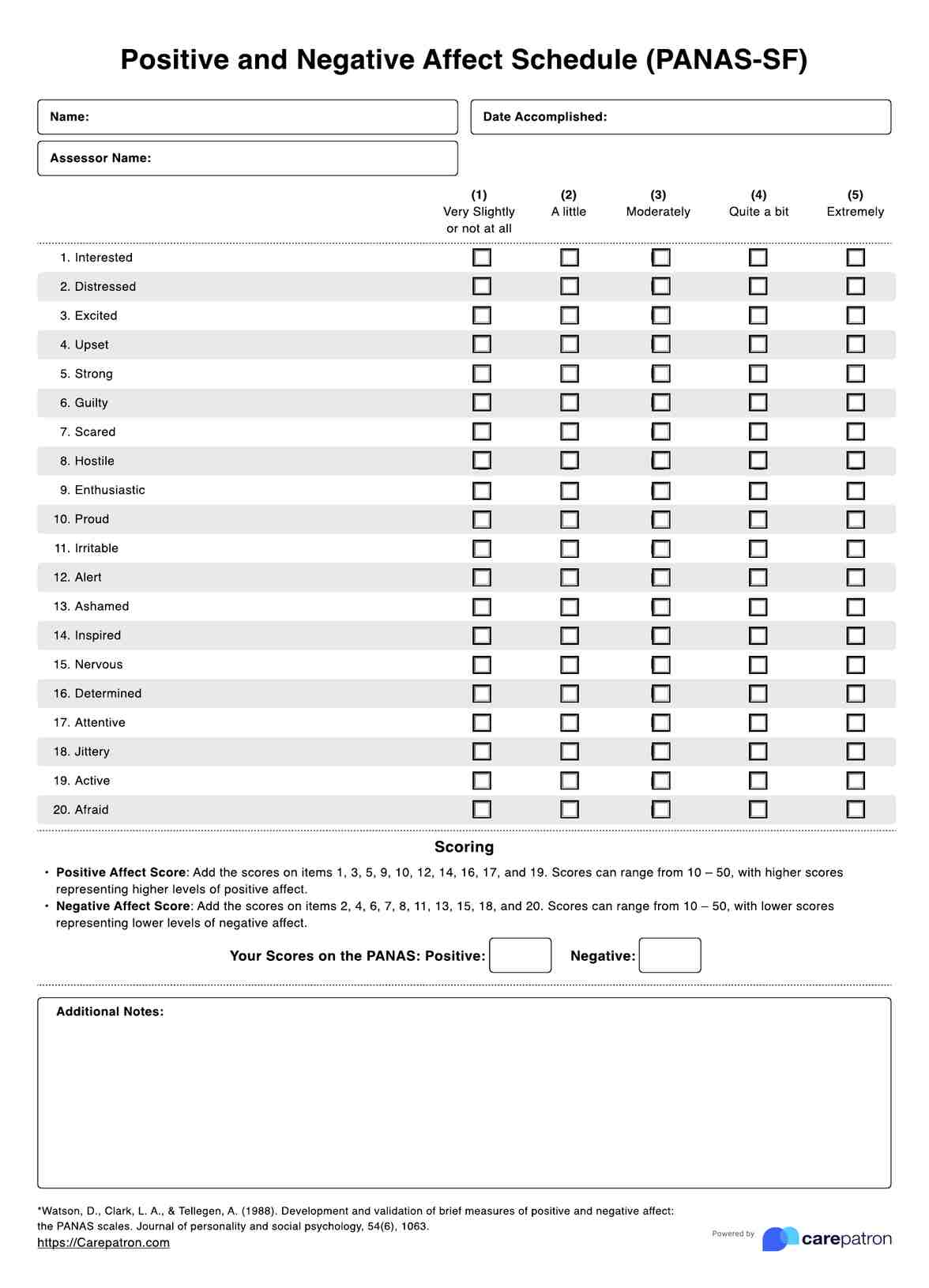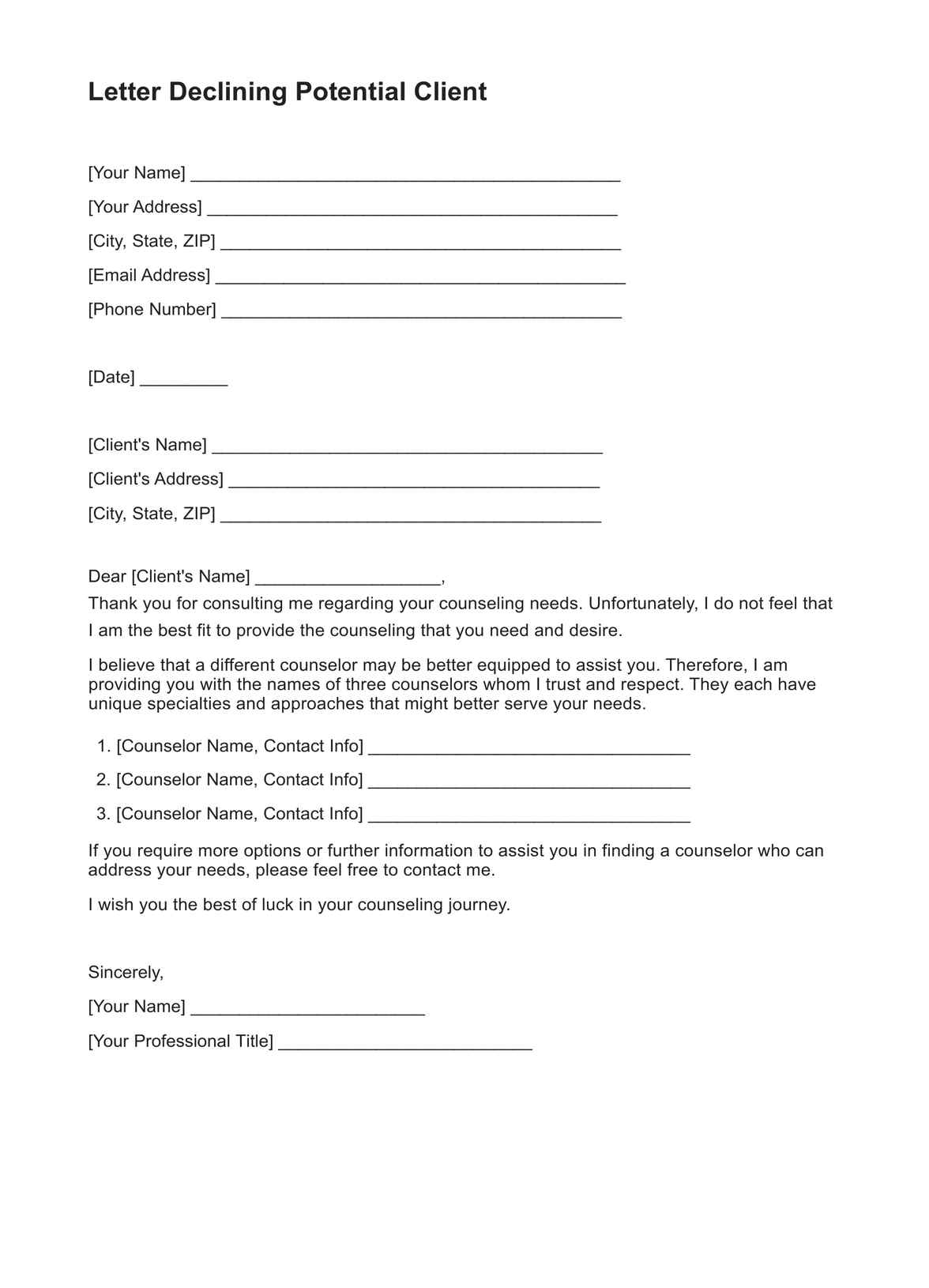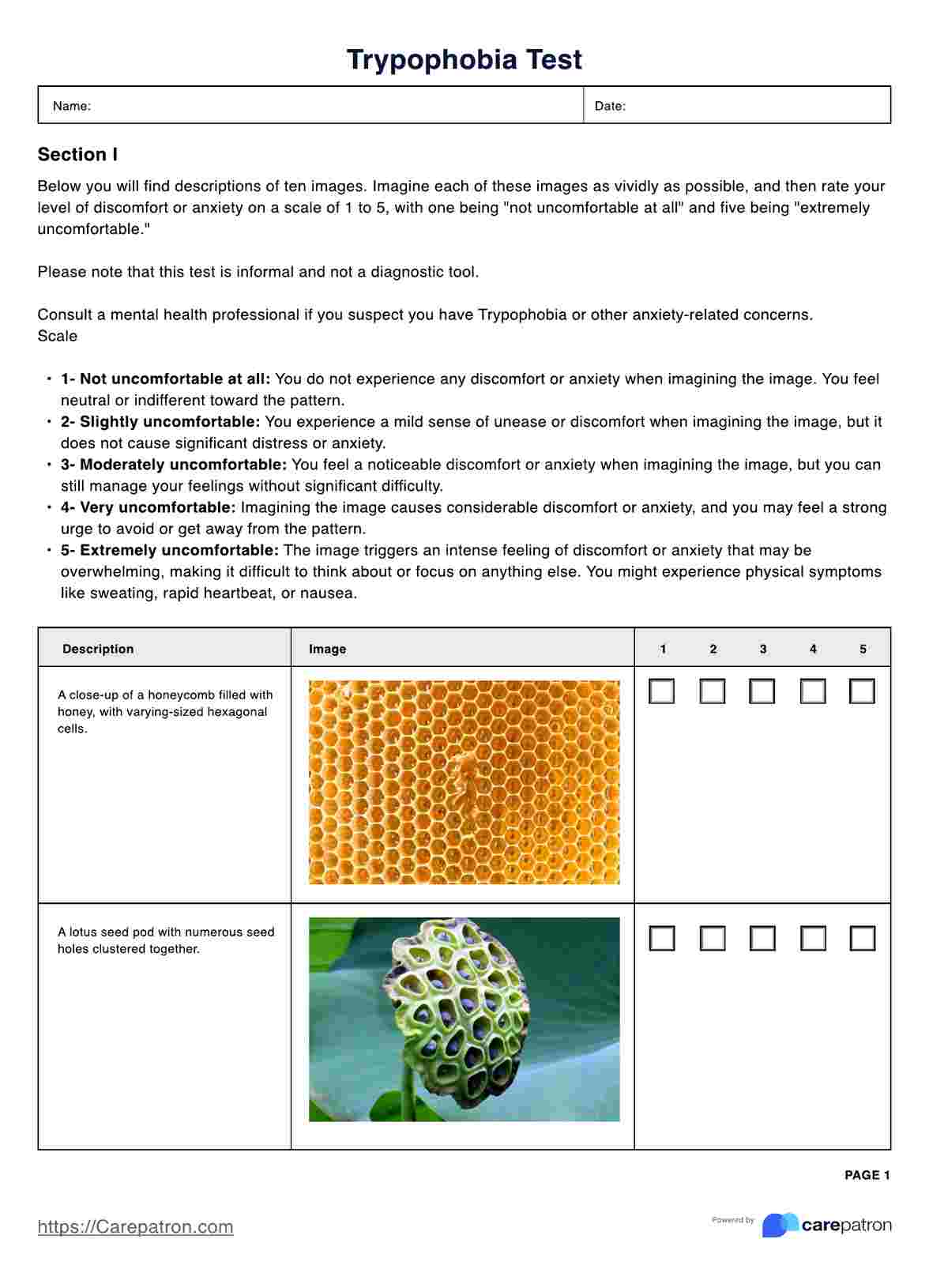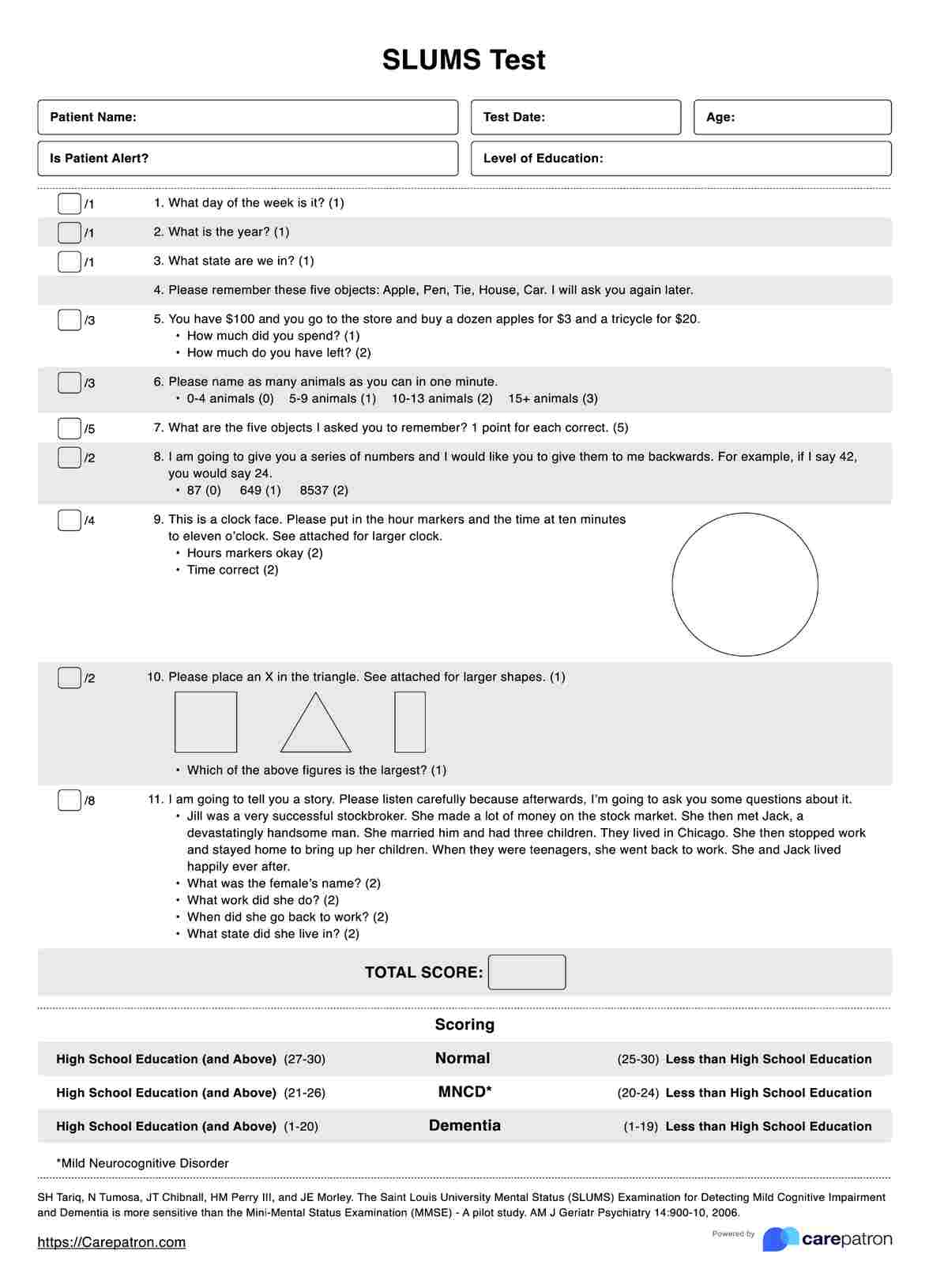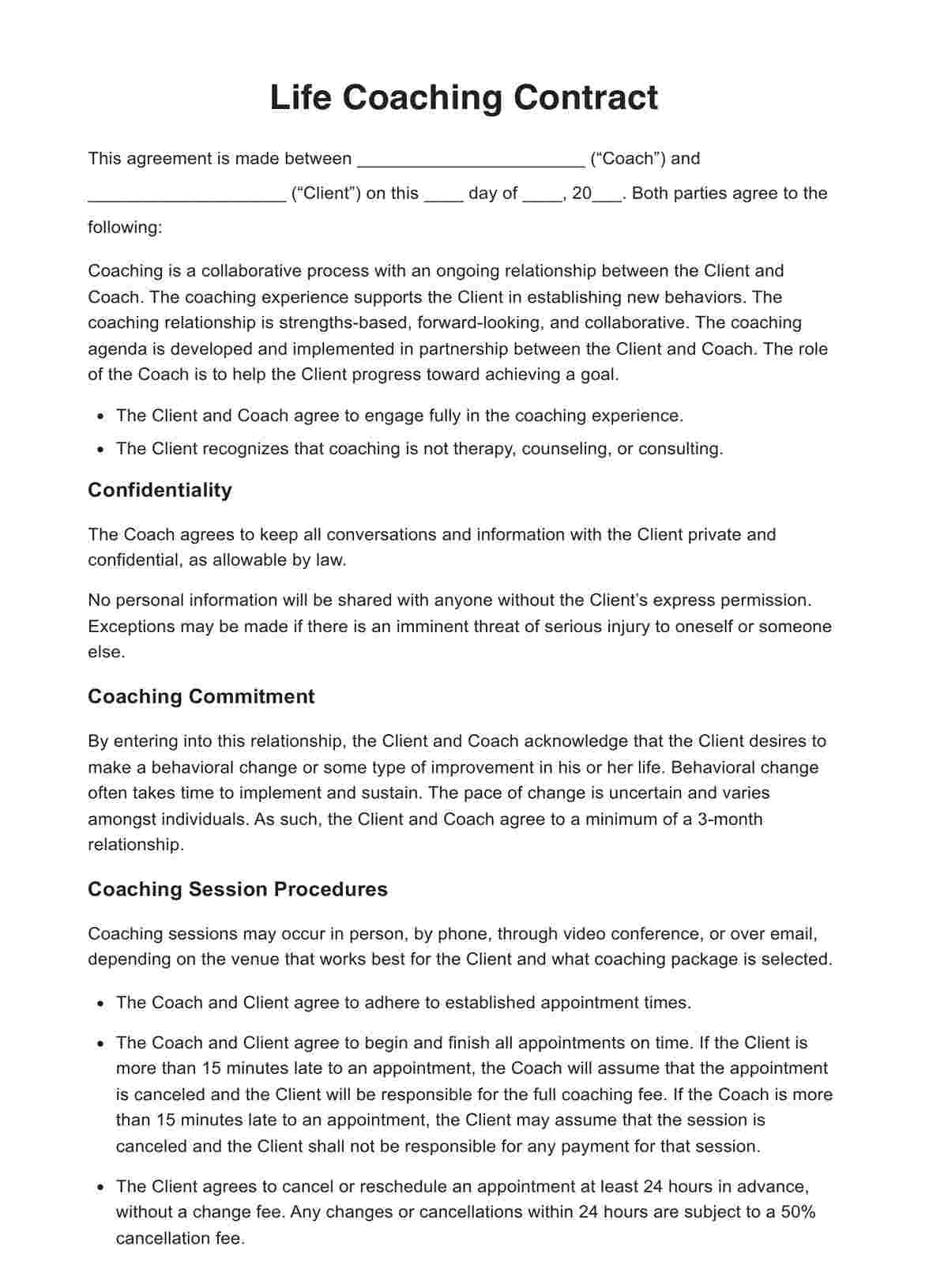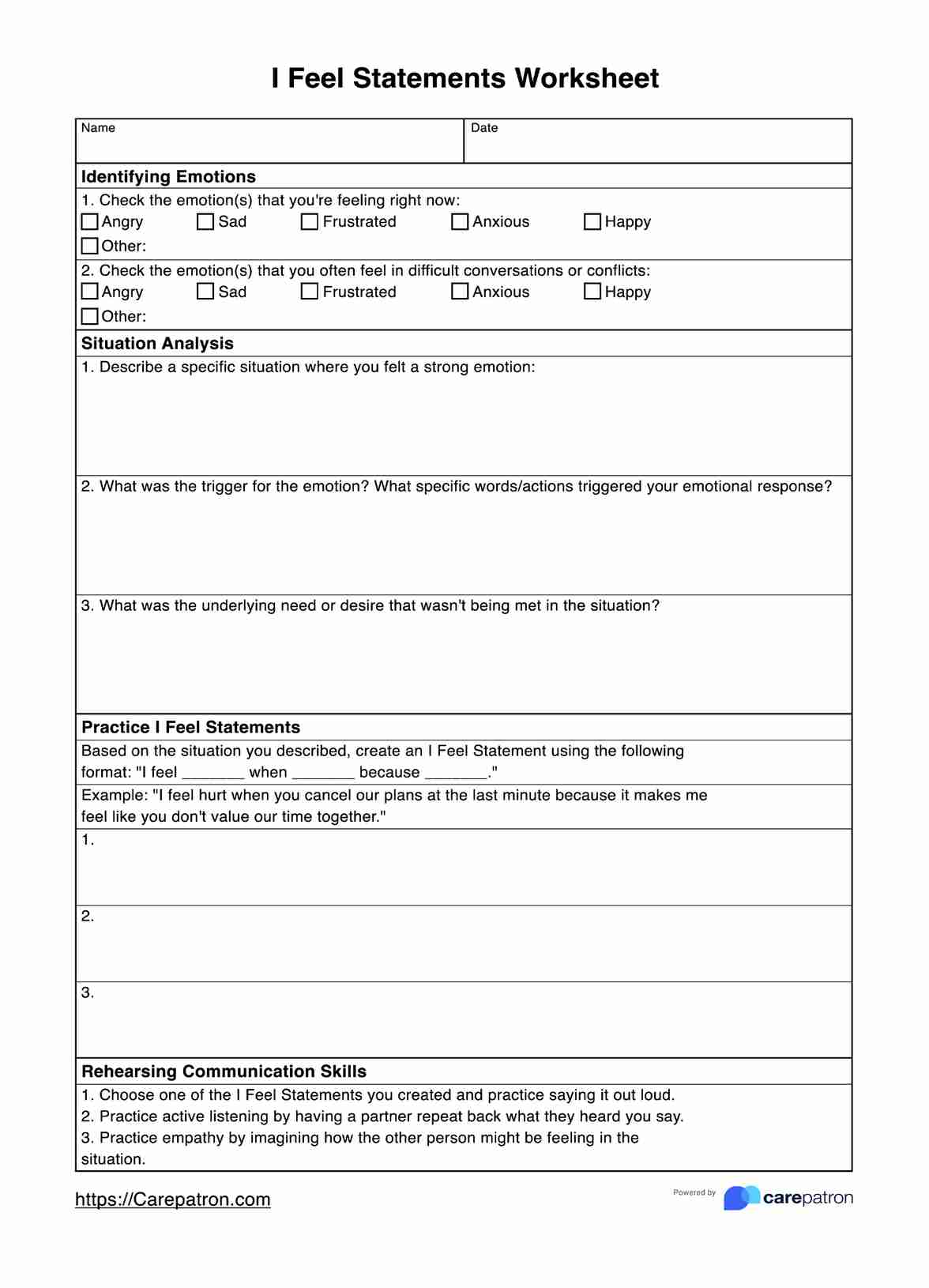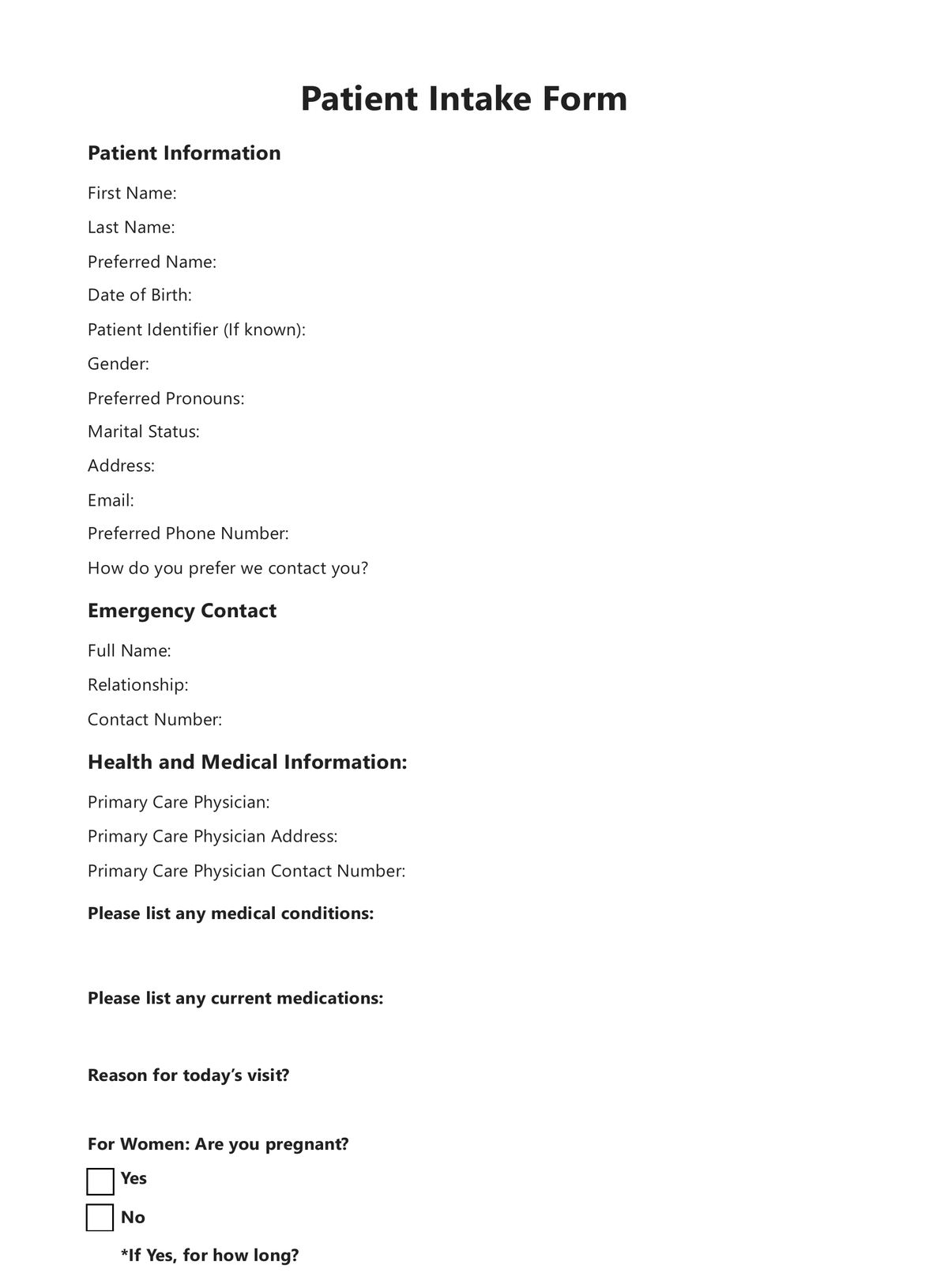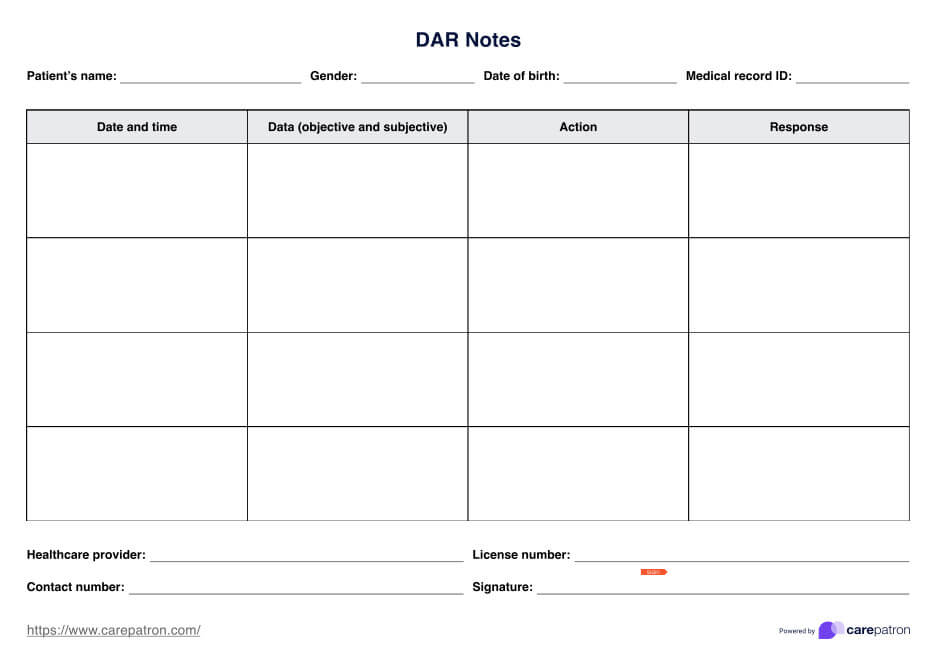Mindfulness Journal
Discover daily mindfulness with our Mindfulness Journal. Ensure a mindful day, check in with yourself, and find peace as you live in the present moment.


An introduction to mindfulness
While scrolling through your favorite social media site, you might have suddenly noticed an influx of targeted ads. It feels like the digital world is tailoring itself to your every interest a bit too accurately. Amid this online hustle, have you ever wondered about the state of your mind? That's where mindfulness comes in – a simple yet powerful practice that invites you to redirect your focus from the browser tabs of life to the pages of your mental journal.
Mindfulness is not about escaping reality. It's about fully embracing it. It's like having a reliable companion by your side, guiding you through the ups and downs with a sense of calm and clarity. The term "mindfulness" has its roots in ancient contemplative traditions (Ji, 2023), and its modern-day application has become increasingly relevant as we seek balance in our fast-paced lives.
As Kabat-Zinn describes, mindfulness is the intentional and non-judgmental awareness that emerges by purposefully focusing on the present moment. This practice serves the pursuit of self-understanding and wisdom. Additionally, he emphasizes the tendency for individuals to overly identify with a constructed sense of self, viewing themselves as the main character in their own story while forgetting the fabricated nature of this narrative (Staff, 2022).
Through thoughtful prompts, this journal becomes a space for self-reflection and discovery, offering a roadmap to mindfulness. Just as a fitness trainer guides you through workouts, a mindfulness journal assists you in training your mind to focus, find peace, and improve your overall outlook on life. The intended purpose is to be a helpful companion in your daily life, aiding you in navigating challenges with integrity and discovering moments of contentment.
In a world filled with information, journals act as a filter, allowing you to sift through the noise and enter a zone of simplicity. This uncomplicated version of journaling isn't about crafting elaborate sentences or using fancy language; it's about straightforwardly capturing your thoughts.
Take a few minutes to enter your thoughts daily, and you'll discover a shift in your mental landscape. The simplicity of this practice is intentional – it's designed for busy humans like you who crave a practical and effective approach to mindfulness. It's a content planner for your mind, where repetitive thoughts find a home, and you can track your progress.
Mindfulness Journal Template
Mindfulness Journal Example
Different mindfulness practices
Mindfulness isn't a one-size-fits-all concept; it's a diverse landscape of practices that cater to various preferences and needs. Let's explore mindfulness practices that can bring peace and focus to your daily life.
- Mindful breathing: Focus on your breath, observing each inhalation and exhalation, to anchor yourself in the present moment, promoting calmness and improved focus.
- Body scan: Systematically check for tension or sensations throughout your body, promoting relaxation and heightened body awareness.
- Guided meditation: Follow the instructions of a guide, often through an app or in person, incorporating visualizations and prompts to ease beginners into mindfulness.
- Mindful walking: Pay attention to each step, the sensation of your feet on the ground, and the surrounding environment, fostering a conscious connection to movement.
- Loving-kindness meditation: Cultivate feelings of love and goodwill by sending well wishes and compassion to yourself, loved ones, acquaintances, and even those you find challenging.
- Mindful eating: Savor each bite, paying attention to flavors and textures, promoting healthier eating habits and a greater appreciation for food.
The benefits of mindfulness on wellbeing
Cultivating mindfulness can bring about remarkable benefits for overall well-being. Let's explore how incorporating mindfulness practices, such as using a mindfulness journal, can positively impact various aspects of your life.
Enhancing mental well-being
Mindfulness, when integrated into daily life, enhances mental health. Taking a few minutes each day to enter your thoughts into a mindfulness journal can be transformative. It provides a dedicated space to add clarity to your mind, fostering a sense of peace and tranquility.
Fostering a positive outlook
A mindfulness journal acts as a guide to help you focus on the positive aspects of your life. Users often find a shift in their perspective by noting grateful moments and acknowledging small victories. This simple practice can be beneficial in times of stress or when navigating challenges, allowing individuals to embrace change with a more optimistic mindset.
Improving performance and presence
Mindfulness training enhances cognitive performance in older individuals with intact cognitive abilities and reinforces connectivity within the default mode network, a region particularly susceptible to the effects of aging (Sevinc et al., 2021). Users of mindfulness journals often report enhanced concentration and a more remarkable ability to stay in the moment. This heightened awareness can lead to improved performance in various aspects of life.
Creating a content planner for life
Think of a mindfulness journal as a content planner for your mind. It goes beyond the traditional book reading notion; it becomes a dynamic tool that encourages users to add thoughts, reflections, and insights regularly. This process of continuous self-reflection helps individuals navigate life's challenges with a greater sense of security and understanding.
Embracing change
Life is dynamic, and mindfulness gives you the tools to navigate changes gracefully. By cultivating mindfulness through practices like journaling, you develop a resilient mindset that adapts to various circumstances. It's a practical and accessible way to enter a state of acceptance and openness toward the inevitable life changes.
How to use this Mindfulness Journal
The Mindfulness Journal is a powerful tool designed to guide you through daily mindfulness practices, helping you create a deeper connection with the present moment and enrich your life. This section provides a comprehensive guide on using the journal effectively to inspire peace, intention, and self-discovery.
Step 1: Download the template
Click the provided link to download the Mindfulness Journal template. Ensure you have the necessary software to open and edit the document.
Step 2: Personalize your journal
Open the downloaded file and fill in the patient information fields. This ensures your journal is personalized and relevant to your preferences and space.
Step 3: Set aside daily time
Dedicate a specific time each day to focus on your mindfulness practices. Choose a quiet space where you can immerse yourself in self-reflection without distractions.
Step 4: Explore reflective writing
Use the "Reflective Writing" section to express your thoughts and feelings freely. The journal prompts are designed to inspire focus on important moments in your day, fostering a deeper understanding of your experiences.
Step 5: Engage in mindful breathing
Follow the "Mindful Breathing" exercises to anchor yourself in the present moment. Observe your breath patterns and sensations, promoting a calm mind and fostering a sense of inner peace.
Step 6: Cultivate gratitude with journaling
In the "Gratitude Journal" section, list at least three things you are grateful for daily. This simple practice encourages a positive mindset, helping you remain grateful for the positive aspects of your life.
We also have a template you can utilize. The Gratitude Journal Template helps to encourage daily reflection and foster a positive mindset. It helps users focus on things they're thankful for, promoting overall well-being and mental health.
Step 7: Perform a body scan
Conduct a "Body Scan" to check in with your physical sensations. Notice areas of tension or relaxation and work on releasing any discomfort through breath, promoting a heightened awareness of your body.
Step 8: Embrace mindful walking
Experience "Mindful Walking" by taking short walks and focusing on each step. Connect with the environment, promoting a sense of curiosity and appreciation for the world around you.
Step 9: Set daily intentions
In the "Daily Intentions" section, reflect on qualities or attitudes you want to embody for the day ahead. This helps you live with purpose and direction, guiding your actions throughout the day.
Step 10: Explore your emotions
Use the "Emotional Check-In" to identify and accept your emotions without judgment. This improves emotional intelligence and contentment, allowing you to navigate your feelings easily.
Read and carry the lessons learned from your journal into your daily actions. Ensuring that mindfulness becomes an integral part of your life leads to a more mindful and content existence. Live mindfully by incorporating the insights gained from your journal into your everyday life.
Mindfulness Journal prompt examples
Practicing mindfulness invites us to pause and cultivate a deeper connection with our thoughts and experiences. This collection of mindfulness journal prompts is designed to spark self-reflection, guiding you toward greater self-awareness and a more conscious engagement with the present moment.
- Reflect on a moment today when you felt fully present. What were you doing, and how did it make you feel?
- Identify one aspect of your daily routine that you often do on autopilot. How can you bring mindfulness to that activity?
- List three things you are grateful for and explore why they bring positivity to your life.
- Describe a challenging situation you encountered recently. How did mindfulness help you navigate through it?
- Focus on your breathing for five minutes. What thoughts or emotions emerged, and how did your body respond?
- Explore the sensory details of your surroundings right now – what do you see, hear, smell, taste, and feel?
- Recall a recent interaction with someone. How did you respond mindfully, and how did it impact the conversation?
- Write about a goal or intention you have for the day, and consider how mindfulness can support you in achieving it.
- Reflect on a mistake you made recently. How can a mindful approach guide you in learning from it without self-judgment?
- List five activities that bring you joy. How can you incorporate more mindfulness into these moments?
- Explore a current challenge you're facing. How can a mindful perspective alter your perception of this challenge?
- Consider the emotions you're currently experiencing. Can you identify their origins, and how might mindfulness influence your response?
- Write a letter to yourself expressing self-compassion and acknowledging your strengths.
- Choose a common routine task, such as washing dishes or walking, and engage mindfully. Describe the experience.
- Reflect on a goal you achieved recently. How did mindfulness play a role in your journey toward success?
- Identify a recurring thought that may be causing stress. How can you apply mindfulness to ease the impact of this thought?
- Explore a moment from your past that you often revisit mentally. How might a mindful perspective shift your perception of that memory?
- Write down three things you love about yourself, focusing on internal and external qualities.
- Observe the natural world around you for ten minutes. What did you notice, and how did it make you feel?
- Consider a current worry or fear. How can mindfulness help you approach this concern with greater calmness and clarity?
Other mindfulness resources
Carepatron provides a variety of additional resources to support mindfulness. Explore the following resources for more assistance:
- Mindfulness Worksheets: Access a collection of mindfulness worksheets to facilitate practice and reflection.
- Mindfulness Exercises Worksheets: Utilize specialized worksheets for mindfulness exercises to enhance your mindfulness journey.
- Mindfulness Activities for Adults Guide: Delve into a comprehensive guide offering a range of mindfulness activities tailored for adults.
- Mindfulness Activities for Kids Guide: Discover a guide with engaging mindfulness activities designed specifically for children.
References
Ji, M. (2023). The origin of mindfulness revisited: A conceptual and historical review. Lecture Notes in Education Psychology and Public Media, 25(1), 33-38. https://doi.org/10.54254/2753-7048/25/20230273
Sevinc, G., Rusche, J., Wong, B., Datta, T., Kaufman, R., Gutz, S. E., Schneider, M., Todorova, N., Gaser, C., Thomalla, G., Rentz, D., Dickerson, B. D., & Lazar, S. W. (2021). Mindfulness training improves cognition and strengthens intrinsic connectivity between the hippocampus and Posteromedial cortex in healthy older adults. Frontiers in Aging Neuroscience, 13. https://doi.org/10.3389/fnagi.2021.702796
Staff, M. (2022, January 25). Jon Kabat-Zinn: Defining mindfulness. https://www.mindful.org/jon-kabat-zinn-defining-mindfulness/
Commonly asked questions
The Mindfulness Journal is for anyone seeking a tool to enhance self-awareness, reduce stress, and cultivate a more mindful and balanced life.
You can use the Mindfulness Journal at any time that suits you, but incorporating it into your morning or evening routine can be particularly beneficial for consistency and reflection.
The time it takes to complete a journal entry varies, but dedicating around 10-15 minutes daily can help capture and reflect on your thoughts and experiences.


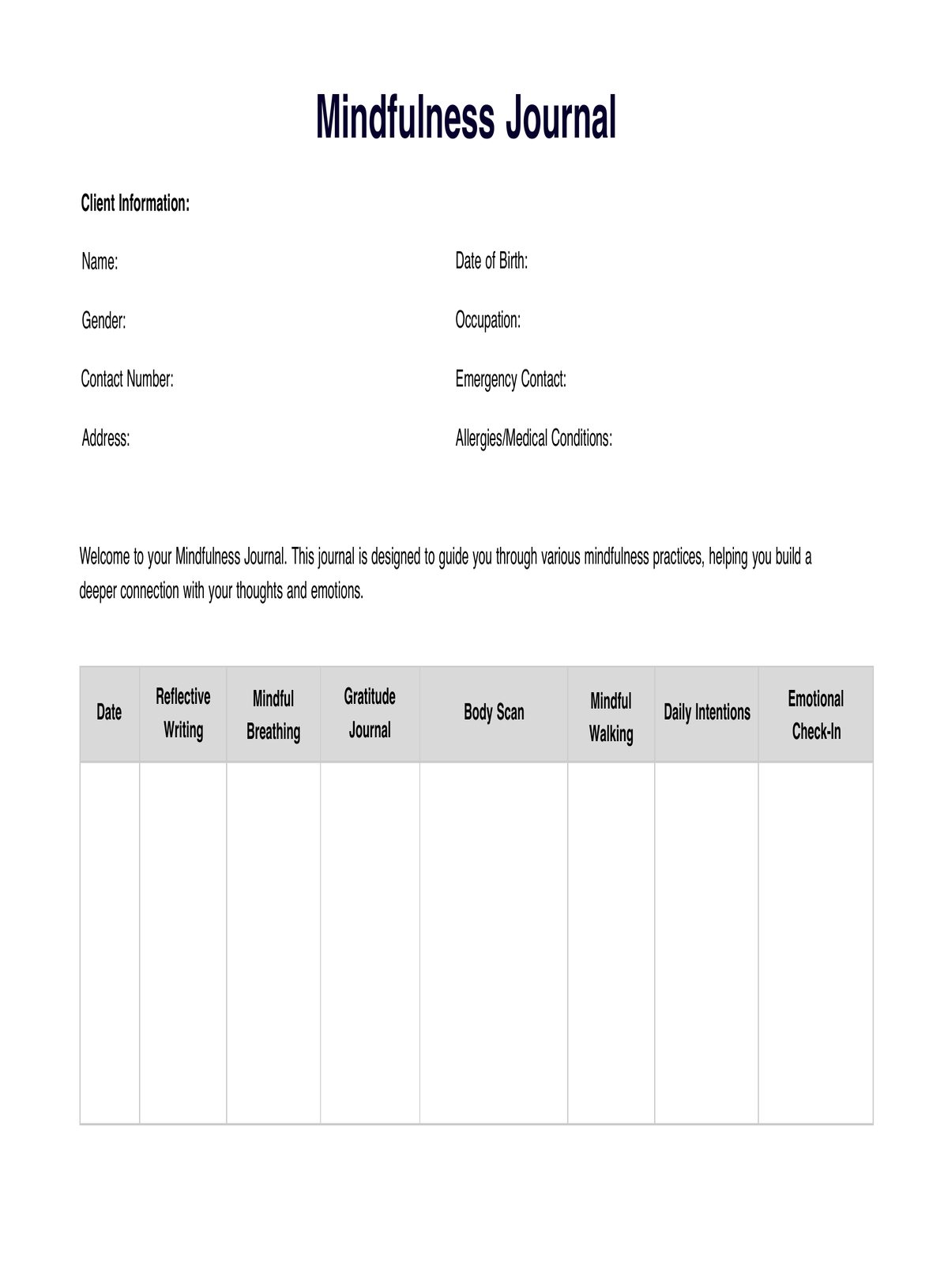
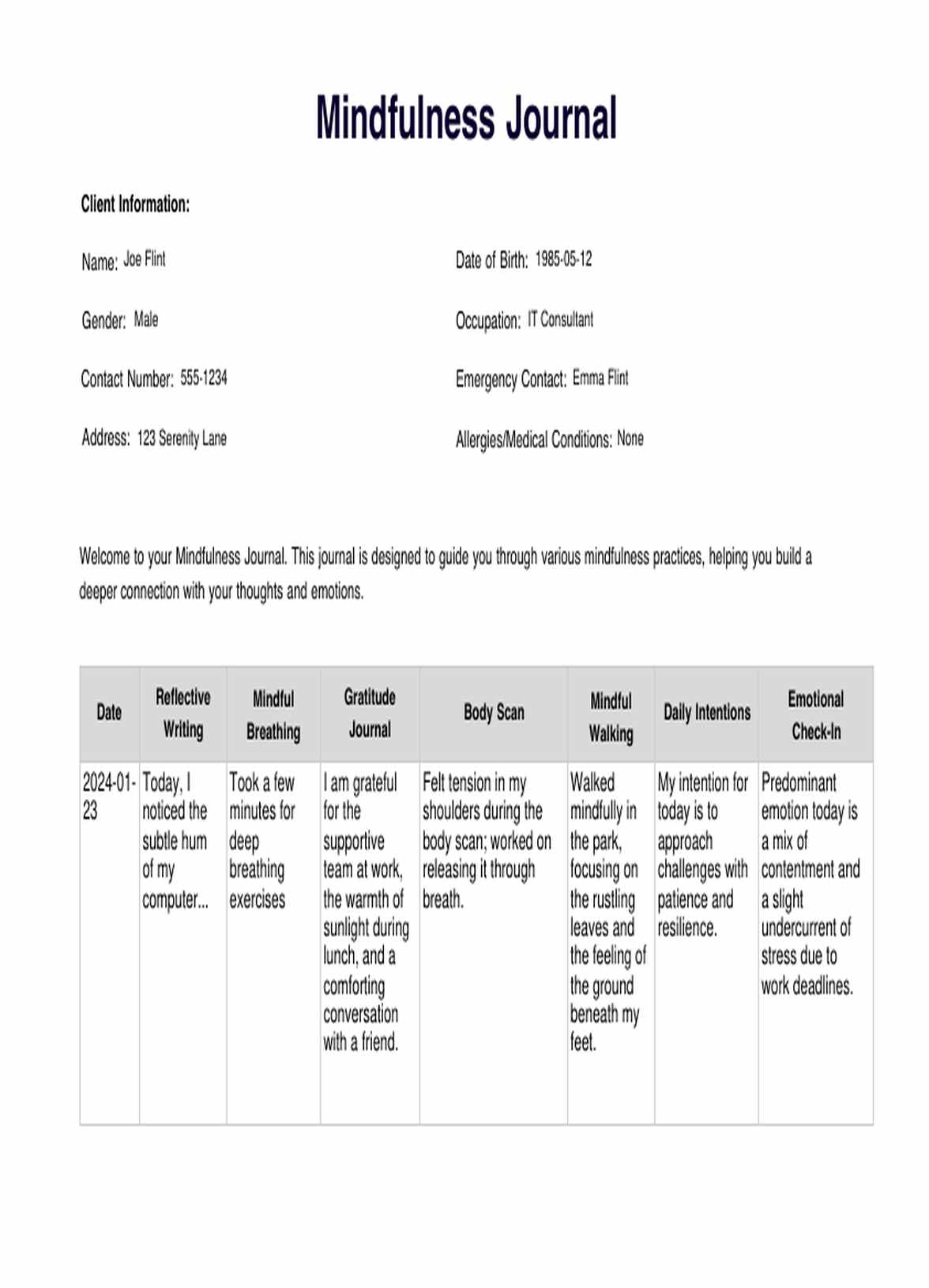





















-template.jpg)















































































